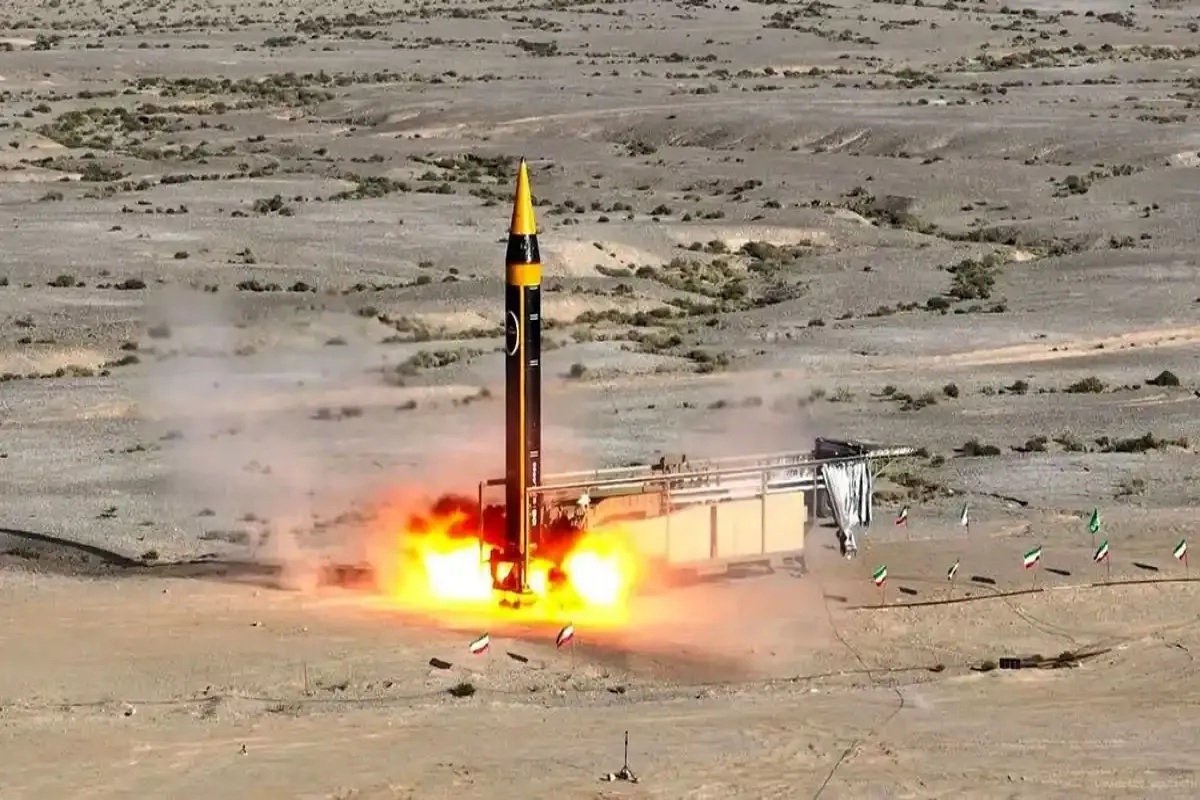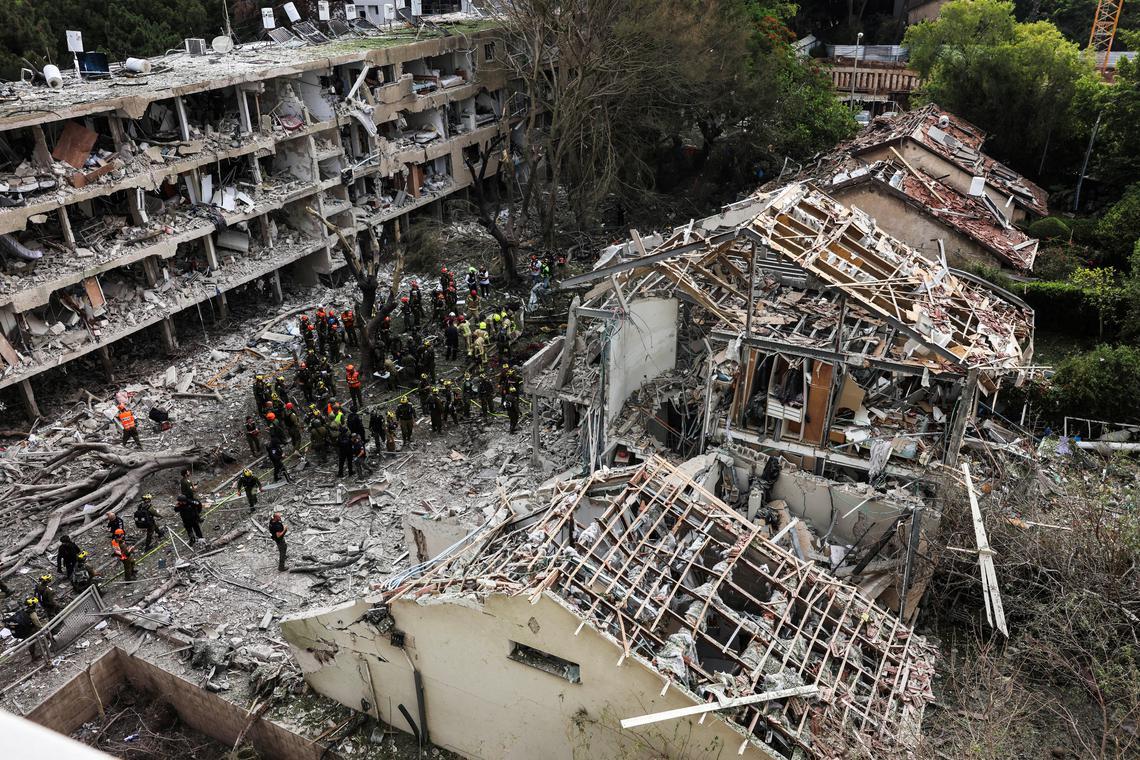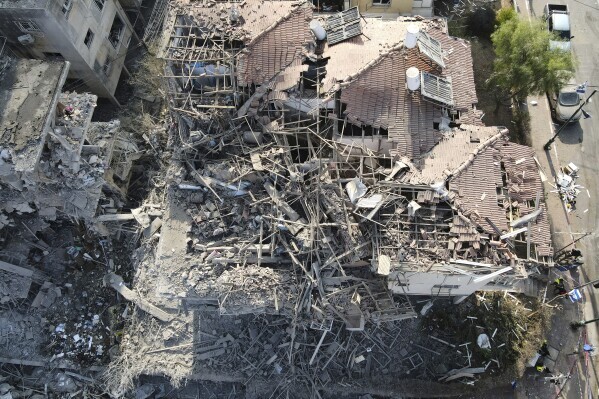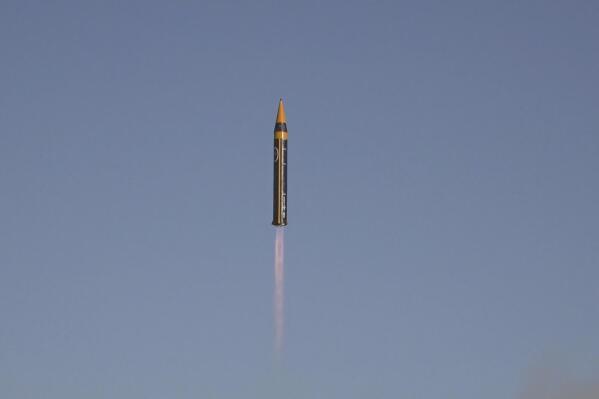The High-Destructive Power of Iran's New Generation of Missiles
TEHRAN (Defapress) - Ballistic missiles are one of the important components of the Armed Forces of the Islamic Republic of Iran, which have managed to surprise enemies on the battlefield and inflict heavy blows upon them.

One of the arenas where the Armed Forces of the Islamic Republic of Iran demonstrated the power and accuracy of Iranian ballistic missiles was a battlefield as vast as the entire occupied territories, where the missiles accurately hit pre-determined targets.
From the south to the north of the occupied territories, meaning from the port of Eilat in the south to Tel Aviv, Be'er Sheva, Haifa, Safed, Nahariya, Tiberias, and Kiryat Shmona were the targets of heavy Iranian missile attacks, which caused widespread destruction in the occupied territories.
Tens of thousands of apartment units in the occupied territories were destroyed from 10 to 100 percent, and evidence of this claim is the tens of thousands of compensation requests submitted to the tax administration of the Zionist regime.

After the 12-day imposed war, relevant institutions such as the Ministry of Defense and Armed Forces Logistics have been comprehensively pursuing the development of the missile and drone power of the Armed Forces of the Islamic Republic of Iran. In this regard, and in the drone domain, we witnessed the unveiling of the advanced "Bavar 5" drone in the recent military exercise of the Islamic Republic of Iran Army, which was successfully operationalized.
In the missile domain, Brigadier General Aziz Nasirzadeh, Iran’s Minister of Defense and Armed Forces Logistics, has announced the construction of new ballistic missiles with heavy warheads that can inflict irreparable blows deep into the occupied territories.
The Minister of Defense and Armed Forces Logistics says in this regard: We have missiles whose warheads are heavier than this recently hit missile. "Khorramshahr" missiles are one of them. He adds: The Zionists said one Iranian missile destroyed a 500-meter radius from its point of impact.

The warheads of the missiles fired into the occupied territories weighed between 1,500 to 2,000 kilograms, which practically caused widespread destruction. For example, Zionists living in Bat Yam or Rishon LeZion in the suburbs of Tel Aviv believe that much destruction has been caused in these areas and many neighborhoods have been destroyed, which confirms the words of the Minister of Defense and Armed Forces Logistics.
However, media source reports indicate that new missiles are being produced with warheads weighing about four tons, which could cause significant damage in a potential war with the Zionist regime or the United States of America.
Some speculations suggest that the new missiles are from the "Khorramshahr" generation and an upgraded model of this missile. If we want to propose a hypothesis based on the words of the Minister of Defense and Armed Forces Logistics, we can conclude that if a missile with a warhead of less than 2 tons has a destructive power equivalent to 500 meters, certainly the warhead weight of the upgraded missiles, which according to media reports weigh about four tons, could have a destructive power equivalent to 1 to 1.5 kilometers. This amount of destruction in the occupied territories, which is about 14,000 square kilometers in area, would be a significant figure; especially since not all areas in the occupied territories are cities or military towns under the control of armed Zionists, and military garrisons such as Tel Nof, Nevatim, and Palmachim could also be targets of upgraded Iranian missiles.

The Minister of Defense and Armed Forces Logistics says in this regard: We have powerful missiles with very new technologies; these missiles have very advanced warheads and possess the maneuverability to escape enemy defense systems and reach the target; this is also a completely new technology applied to the warhead, which causes the missile not to move solely based on a trajectory and to be mobile.
One of the reasons that forced the ceasefire upon the Zionist enemy and its allies was the high missile power of the Islamic Republic. On the last day of the war, Iran heavily targeted the occupied territories, and field source reports indicate that warning sirens were heard continuously for more than 50 minutes throughout the occupied territories, and heavy damage was also inflicted on the city of Be'er Sheva, images of which were published in foreign media.
Military analysts believe that the continuous use of missile defense systems by the Zionist regime during the 12-day war led to the wearing out of defense systems, including Iron Dome, David's Sling, Arrow, and THAAD, and this was one of the reasons for forcing the ceasefire upon the Zionist enemy.

The Minister of Defense and Armed Forces Logistics says in this regard: If the war had continued for 15 days, the Zionist enemy would not have been able to intercept any missiles in the last three days; also, defending against missiles, especially with multi-layered defense systems, is not an easy task, and the continuation of the war would definitely have been to the enemy's detriment.
The experience gained from the 12-day war can strengthen and solidify the defense industry; an objective that the armed forces and scientists of the country's defense industry are diligently pursuing with great determination.
